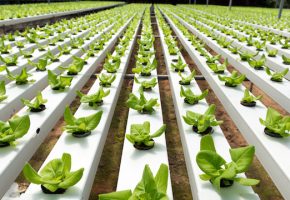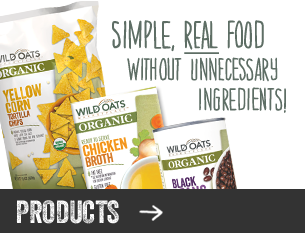Perhaps you’ve heard of the Glycemic Index. You are most likely to know something about it if you have a family member with a diagnosis of Diabetes … or … if you have used low glycemic foods to support a weight loss program. For everyone else, we’ll start to educate you!
Actually, saying that you should understand the glycemic index is an overstatement. You should understand the basics surrounding the glycemic index and have an idea of how to use low glycemic index foods to support good health for you and your family. The Glycemic Index contains information about how quickly the carbohydrates in different foods are converted to sugars (the building blocks of carbohydrates). The quicker the conversion, the higher the “insulin spike” that occurs after eating. High insulin spikes lead to many different health issues.
Here is a little biology lesson:
● When you eat carbohydrates they are broken-down into simple sugars so your body can use them immediately for energy production inside your cells, or the sugars can be converted into glycogen (a way of storing some sugar to use later in the day), or the sugars can be converted to fat (for long term storage).
● Your pancreas reacts to changes in blood sugar levels by releasing insulin into your blood stream based on the amount of sugar that is there. The higher the spike in blood sugar, the more insulin that is released.
● Insulin’s job is to carry sugar circulating in your blood stream into the trillions of cells in your body where the sugar is used to produce ATP, the energy that drives all cellular functions.
● Some carbohydrates raise blood sugar levels very quickly which caused an insulin surge that can, over time, cause “insulin resistance” …. the cells become less able to recognize insulin and therefore reduces the movement of blood sugars to the inside of the cells for energy production.
● Insulin Resistance is the hallmark of Type 2 Diabetes.
Carbohydrates that convert to sugar more slowly are healthier and have been linked to the decreased risk of many issues including cardiovascular disease, type 2 diabetes, metabolic syndrome, stroke, depression, and various cancers. This is where the Glycemic Index comes into play. All carbohydrates are given a glycemic index score, or they are ranked as Very Low GI, Low GI, Medium GI or High GI foods. The lower the GI Value, the better! Low Glycemic Index carbohydrates are slowly transformed into simple sugars. This slows the insulin release and results in more even blood sugar levels. Whole grains will generally have a low GI value. Brown rice has a GI of about 50 and white rice of about 89. You’ve heard that brown rice is healthier and … it is! Lots more fiber which is good, and a much slower conversion into simple sugars, which is also good!
In a study published this October, the researchers looked at eating white bread vs whole grain bread over a 5 year period. Eating 2 portions of white bread daily was directly associated with increased likelihood of becoming overweight or obese. This was not true from eating 2 portions of whole grain bread daily.
What is my take-home message? Become familiar with the glycemic index of different foods and be sure to mix the low GI foods into your family’s diet. An apple has a GI of 39 and watermelon has a GI of 72. Watermelon is delicious but is harder of your system because it contains a lot of simple sugars so your blood sugar rises quickly. Honestly, if you pick one food a week to learn, you’ll have a good working knowledge before you know it. Be sure to include a lot of low GI foods! The payoff is you and your family being healthier now and into the future!
I think I’ll have an apple! Healthy, low GI, and organic of course! Folks, remember, organic really matters when it comes to apples!
Additional Resources:


 Contact us
Contact us![wildoats-naturalwellness-twitter-large[4]](https://wildoats1.wpengine.com/wp-content/uploads/2014/10/wildoats-naturalwellness-twitter-large4-1024x1024.jpg)






